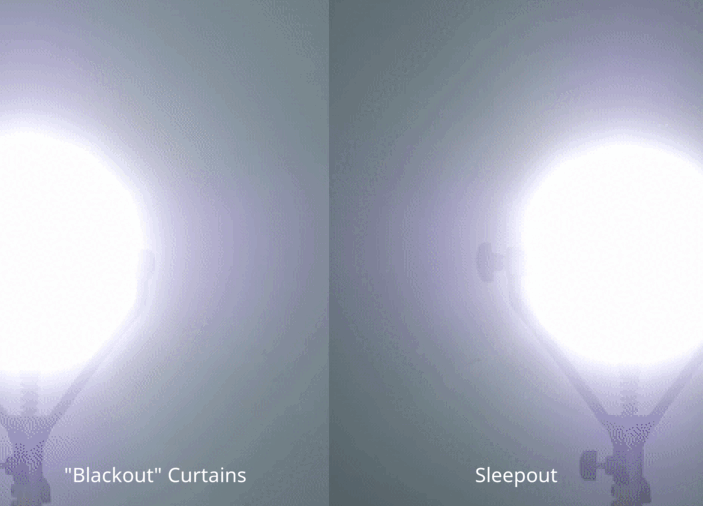Are you wondering what to do if your toddler misses a nap? We understand the challenges parents face with ever-changing toddler sleep schedules. In this blog post, we'll discuss how to handle missed naps, adjust bedtime, and recognize when your toddler might be ready to ditch nap-time altogether.
What To Do If Toddler Misses A Nap
Toddlers sometimes miss naps due to changes in routine, illness, or growth spurts, which can impact their behavior and mood. When your toddler misses a nap, consider rescheduling it or adjusting bedtime to compensate for the lost sleep. It's essential to manage your toddler's behavior and mood during these times, using patience and understanding.
If your toddler misses a nap, don't worry—there are steps you can take to help them through this transition. Firstly, assess the reason behind the missed nap. If it was due to a change in routine or a special event, try to return to the usual schedule the next day. Consistency is crucial for toddlers, as it provides a sense of security and helps them regulate their sleep patterns.
How To Adjust Bedtime If Toddler Misses Naptime
If your toddler misses their nap, adjusting bedtime can help prevent over-tiredness. Determine the right timing and approach by considering your child's age, typical sleep schedule, and mood. Experiment with different strategies to help your toddler fall asleep, such as creating a calming bedtime routine or using a white noise machine. Consistency is key to helping your toddler adjust to changes in their nap schedule.
When adjusting bedtime, aim to make it slightly earlier than usual to account for the missed nap. This adjustment will help prevent your toddler from becoming overly tired and cranky. Observe their behavior and mood throughout the day, and consider how long they were awake during the time they missed their nap. Use this information as a guide to determine the ideal bedtime for your child.
Establishing a consistent bedtime routine can also aid in the transition. Engage in calming activities such as reading a book, taking a warm bath, or dimming the lights to create a relaxing atmosphere. These cues will signal to your toddler that it's time to wind down and prepare for sleep. Incorporating a white noise machine or soft music can also help drown out any distractions and promote a peaceful sleep environment.
Signs Your Toddler Is Ready To Ditch Naptime
As your toddler grows, they may begin to show signs that they're ready to stop napping altogether. These signs can include difficulty falling asleep at nap-time, consistently waking up early, and maintaining a cheerful mood without a nap. Be mindful of the potential impact of giving up naps on your toddler's sleep and overall well-being, and make a gradual transition to a nap-free routine.
If your toddler consistently resists napping or experiences difficulty falling asleep during nap-time, it could be an indication that they are ready to transition away from naps. Additionally, if your child wakes up early in the morning, seemingly well-rested and in a cheerful mood, it might suggest that they no longer require a midday nap.
It's important to note that every child is different, and there is no specific age at which all toddlers stop napping. Some children may continue napping until they are four or even five years old, while others may naturally outgrow it earlier. Pay attention to your child's behavior and cues, and consult with their pediatrician if you have concerns about their sleep patterns.
If you determine that your toddler is ready to give up naps, it's essential to make a gradual transition. Start by slowly reducing the length of the nap or gradually pushing back the naptime until it eventually disappears from their daily routine. Observe how your child responds to these changes and be prepared to provide additional quiet activities during their.






